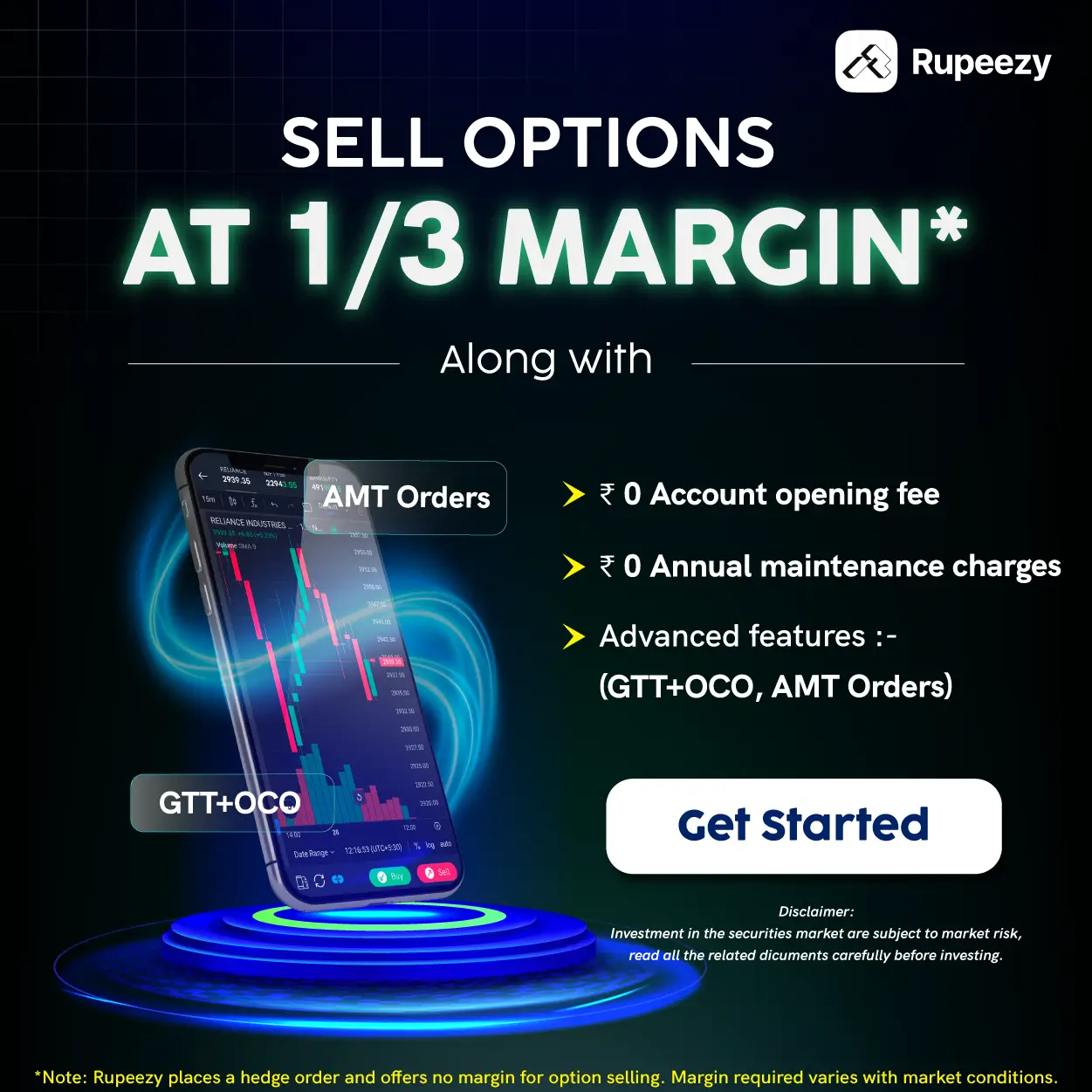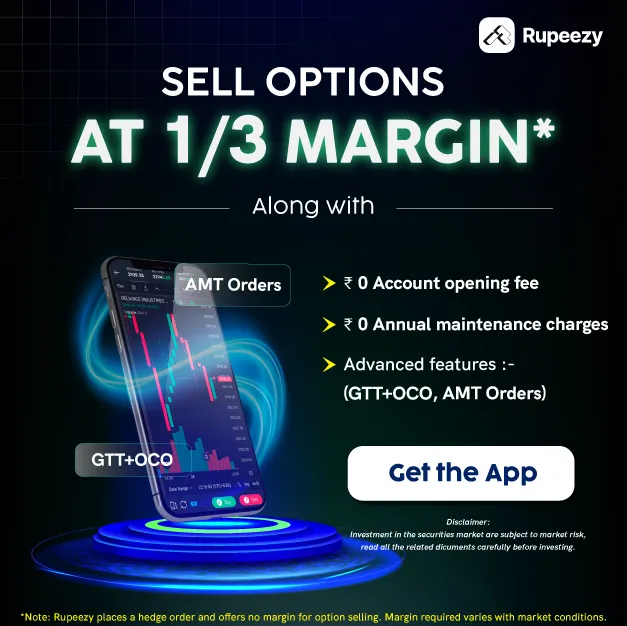What is GIFT Nifty - Timings, Types, Benefits, How to Trade


00:00 / 00:00
The Indian Economy is one of the fastest-growing economies in the world. Over the recent years, we have witnessed tremendous growth in the country which is reflected through the Indian stock market. With this rapid growth, comes the evolution of the stock market. One such evolution we have witnessed in recent years is the introduction of GIFT Nifty.
In this article, we will understand what is GIFT Nifty, its timings, and how to trade in GIFT Nifty to gain exposure to the Indian stock market.
What is GIFT Nifty?
GIFT Nifty which also stands for Gujarat International Finance Tec-City Nifty is a futures contract that allows international investors to gain exposure to the Indian stock market without directly investing in it. It is also a leading indicator in predicting the Nifty 50 index movement on a given day.
Introduced in July 2023, GIFT Nifty emerged from the rebranding of SGX Nifty after its trading base shifted from the Singapore Stock Exchange to the NSE International Exchange (NSE IX) in GIFT City, Gujarat’s Gandhinagar.
The value of the GIFT Nifty futures contract is derived from the Nifty 50 index.
Features of Gifty Nifty
Gifty Nifty is a futures contract
It allows international investors to gain exposure to the Indian stock market
The value of Gift Nifty is derived from Nifty 50
Traders use it to understand market sentiment
Traded in foreign currencies only
GIFT Nifty Timings
The GIFT Nifty trades for around 21 hours across two trading sessions. The first session begins at 6:30 AM IST and ends at 3:40 PM IST. The second session begins at 4:35 PM IST and ends at 2:45 AM IST the next day.
GIFT Nifty Timings Overview
First Session: 6:30 AM (IST) to 3:40 PM (IST)
Second Session: 4:35 PM (IST) to 2:45 AM (IST)
Apart from GIFT Nifty timings, don't forget to check our Share Market Holidays Calendar for important market closures that may influence your trading plans.
Who Can Trade in GIFT Nifty?
According to NSE IX, any Indian or foreign trading member, whether registered or non-registered by setting up its office through a subsidiary or branch model will be able to trade in the GIFT Nifty products by getting a membership of NSE IX.
Currently, more than 50 brokers have set up their units in the GIFT city. These trading members are allowed to execute a trade on their accounts and the accounts of their clients.
Unfortunately, Indian retail traders will not be allowed to trade in GIFT Nifty under RBI’s Liberalised Remittance Scheme (LRS). However, the scheme allows Indian citizens to remit funds abroad up to $250,000 per financial year while placing certain restrictions on offshore investments.
NSE IX is a subsidiary of NSE based in GIFT City that operates within the International Financial Services Centre (IFSC) in Gujarat. The NSE IX specializes in providing dollar-denominated trading in various financial products.
How to track Gift Nifty
There are several ways traders track GIFT Nifty. One popular method is by using TradingView. Here’s how you can do it:
Log in to your TradingView account.
Click on the search bar and type "GIFT NIFTY."
Select "GIFT NIFTY 50 INDEX FUTURES" by NSEIX from the search results.
Once selected, the live GIFT NIFTY chart will open on your screen, allowing you to monitor it easily.
How to trade in Gift Nifty?
Any NRI or foreign individual can trade in GIFT Nifty through a registered broker with NSE IX. Follow our step-by-step guide to start trading on the GIFT Nifty Index.
Set Up Your Trading Account: Open a trading account with registered brokers on NSE IX that offer trading in GIFT Nifty.
Fulfill KYC Obligations: KYC, which means Know Your Customer, is a mandatory process in which you have to submit your identity and address proofs, such as PAN card, Aadhar Card, overseas address proof, passport, visa, etc.
Deposit Funds: Deposit money into your trading account to start trading. Traders are allowed to trade in any currency other than the Indian rupee.
Understand Market Dynamics and Start Investing: Understand the market dynamics that affect the GIFT Nifty Index movements and begin investing based on your research and strategy.
Types of GIFT Nifty Index
Now that we know who can trade in GIFT Nifty, let's understand its types. Currently, GIFT Nifty offers different types of contracts that cater to various sectors and indices in the market.
The main types of GIFT Nifty Index include:
GIFT Nifty 50: Tracks the Nifty 50 index which comprises of top 50 companies in the NSE.
GIFT Nifty Bank: Tracks the Nifty Bank Index comprising the 12 largest banks in India.
GIFT Nifty Financial Services: Tracks the Nifty Financial Services index comprising the 25 largest financial services companies in India.
GIFT Nifty IT: Tracks the Nifty IT Index comprising the 25 largest Information Technology companies in India.
Benefits of Trading in GIFT Nifty
The following are the benefits of Trading in GIFT Nifty:
Extended Market Hours: While the SGX Nifty traded for around 16 hours, the GIFT Nifty will trade for 21 hours providing more opportunities for the traders. Furthermore, the smooth integration of trading windows, allows traders to react quickly to international market development.
High level of certainty: You can find comfort in the fact that GIFT Nifty runs in accordance with IFSC’s guidelines and regulations, which reduces the chances of market manipulation and fraudulent activities taking place.
Improved liquidity and price discovery: The participation of both local and foreign investors will contribute to the index’s liquidity by creating a trading environment that facilitates effective price discovery and lower trading costs.
Tax Exemptions: Since NSE IX operates within a Special Economic Zone (SEZ), investors benefit from exemptions on Securities Transaction Tax (STT), Commodity Transaction Tax (CTT), Dividend Distribution Tax (DDT), and capital gains tax.
Why SGX Nifty Change to GIFT Nifty?
Over the years, the volumes of the SGX Nifty futures contracts significantly increased, matching the trading volumes of the instruments occurring in India. This was mainly advantageous to Singapore and less beneficial to India.
Thus, with the intent to bring the substantial trading volume associated with SGX Nifty back to India for better regulatory control by Indian authorities, and to promote a tax-free trading zone in Gujarat, GIFT Nifty was introduced.
SGX Nifty vs GIFT Nifty - Key Differences
Now that we properly understand the GIFT Nifty meaning and concept, here are some key differences between the SGX Nifty vs. GIFT Nifty indices to provide a better understanding of the changes:
Aspect | SGX Nifty | GIFT Nifty |
Trading Locations | Traded on the Singapore Exchange | Will trade on the Gujarat International Finance Tech (GIFT) City exchange in India |
Market Timings | Traded for around 16 hours a day | Will trade for 21 hours a day, providing more opportunities for traders |
Regulatory Environment | Operated under the regulations and oversight of the Singapore Exchange Regulation | Will operate within the regulatory framework set by SEBI |
Conclusion
In conclusion, this article provides a detailed overview of the GIFT Nifty. We have explored who can trade GIFT Nifty, how to trade in GIFT Nifty, and covered other essential aspects. Although Indian retail investors and traders cannot directly trade GIFT Nifty, the transition from SGX Nifty to GIFT Nifty offers several advantages. These include enhanced control, increased appeal to foreign investors, and improved liquidity.
If you are a domestic trader and want to start trading in the Indian stock market, consider opening a free demat account with Rupeezy, which offers a smooth and hassle-free experience.
The content on this blog is for educational purposes only and should not be considered investment advice. While we strive for accuracy, some information may contain errors or delays in updates.
Mentions of stocks or investment products are solely for informational purposes and do not constitute recommendations. Investors should conduct their own research before making any decisions.
Investing in financial markets are subject to market risks, and past performance does not guarantee future results. It is advisable to consult a qualified financial professional, review official documents, and verify information independently before making investment decisions.

All Category








